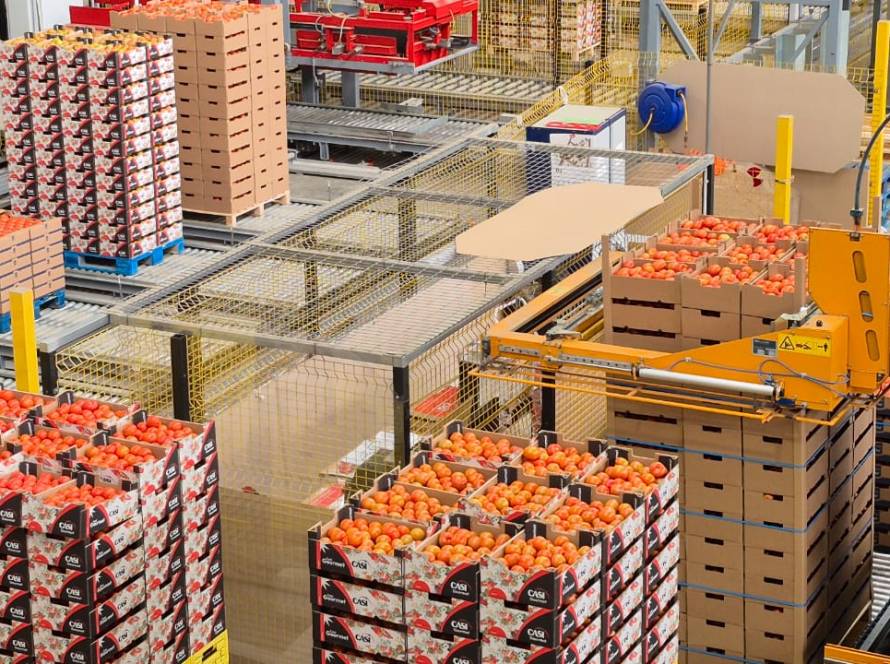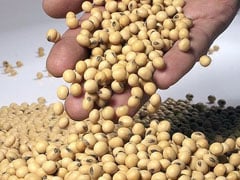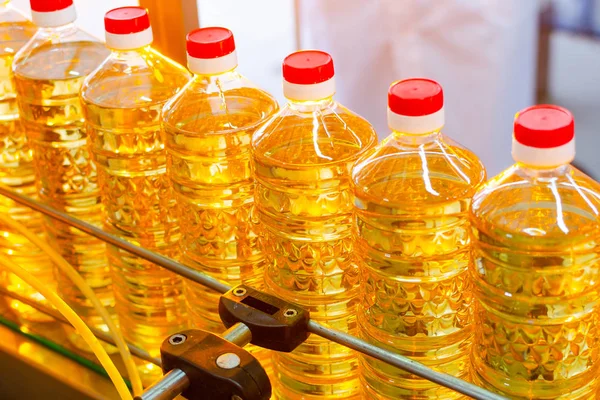Beef cattle farming presents advances in production processes mainly with the growth of intensive livestock production, highlighting confinement, semi-confinement, Intensive Pasture Finishing (TIP) and Intensive Pasture Rearing (RIP).
In this context, nutritional management is of fundamental importance for success and obtaining results, in which animals must perform in a short space of time, in which the use of feed and supplements is of vital importance.
Good nutritional management with appropriate nutrition requires defined schedules for treatments, feed formulas, ingredients (raw materials), quality centers, equipment to produce and distribute feed, as well as trained personnel to conduct all processes.

Article written by Guilherme Augusto Vieira, veterinarian, university professor at VeteAgroGestão, PhD in History of Sciences.
As the nutrition and composition of supplements and feeds present in nutritional management are responsible for a significant portion of the total value of production, knowing and seeking alternative, efficient and economical foods to be used in the preparation of feeds, it is necessary to know the nutritional value of these foods, their bromatological composition and their cost.
Given this argument, cotton products are an excellent protein feed option for beef and dairy cattle. The cotton plant produces fiber for textile production, and after industrial processing, three products are obtained for animal nutrition: cottonseed, cottonseed cake, and cottonseed meal.
When looking for the best for your beef or dairy herd, aiming not only at the health of the animals, but also at the productivity and profitability of your production, this article presents cottonseed meal, its nutritional composition, in addition to highlighting its advantages, constituting a food that can bring satisfactory results to your production.
II. Cotton by-products for animal nutrition
Cotton cultivation is aimed at the textile sector, with cotton fiber as the main product and seeds (seed) as a by-product of production.
Industrial processing of the seed results in edible oils and biofuels, in addition to cottonseed cake and bran, which, together with “intact” cottonseed, are used for animal feed, including:
Cottonseed – Widely used in cattle nutrition, it has average levels between 17 and 22% PB1, in addition to being an excellent source of energy with around 80% of NDT2. Its use in young calves before weaning and animals in reproduction (males and females) is restricted due to Gossypol.
Cottonseed Cake Cottonseed meal is the byproduct of extracting the oil contained in cottonseeds, which, when crushed (pressed and milled), is known as meal. The seed "crushing" process produces large quantities of cottonseed meal, hence its economic viability. It is considered a protein feed, with average CP contents of 28 to 30% and TDN of 80%. It is also used in feed and supplements for beef and dairy cattle. Grass silage is widely used as an additive.
Cottonseed meal Cottonseed meal is obtained through pressing and milling, and chemical solvents are used to remove the oils contained in the cottonseed's physical structures. It is an excellent protein source for ruminant feeds, with average levels of 38/40%PB and 68% CP.
III. Advantages of using Cottonseed Cake – Why use cottonseed cake?
Cottonseed meal is an excellent protein feed used without restriction in the protein portion of beef and dairy cattle rations. It is rich in essential nutrients for cattle development, weight gain, and increased milk production, offering significant advantages compared to other protein sources. The following are some of the following:
- High-Quality Protein: Cottonseed meal has a high, high-quality protein content, with a good amino acid profile. This means your animals will have the necessary building blocks for rapid weight gain and improved muscle development.
- Energy and Fiber: In addition to protein, it provides energy and an adequate amount of fiber, contributing to your animals' rumen health. A healthy rumen is essential for efficient digestion, which translates into better nutrient utilization and, consequently, a lower cost per kilogram of meat/liter of milk produced.
- Attractive Cost-Benefit: In many scenarios, cottonseed meal presents itself as a more economical alternative compared to other vegetable protein sources. By including cottonseed meal in your herd's diet, you can significantly reduce feed costs, directly impacting your profit margin.
- Dietary Versatility: It can be incorporated into various feed formulations, whether for growing steers, fattening animals, or even lactating cows (depending on the stage and specific needs). Its inclusion should be done strategically, following the recommendations of a specialized technician.
IV. How to use cottonseed cake
To ensure maximum benefit and animal safety, it is essential that cottonseed meal be introduced gradually and under technical guidance. An analysis of the composition of the meal available in your region and the nutritional needs of your herd will allow you to develop a balanced and effective diet.
Upon concluding the article, it was found that livestock farmers can include cottonseed meal in the nutritional management of their production, as demonstrated, producing efficiently and profitably.
Observations:
If you would like to access references or more details about Cotton Pie, contact the author on Instagram @gvieiraoficial





